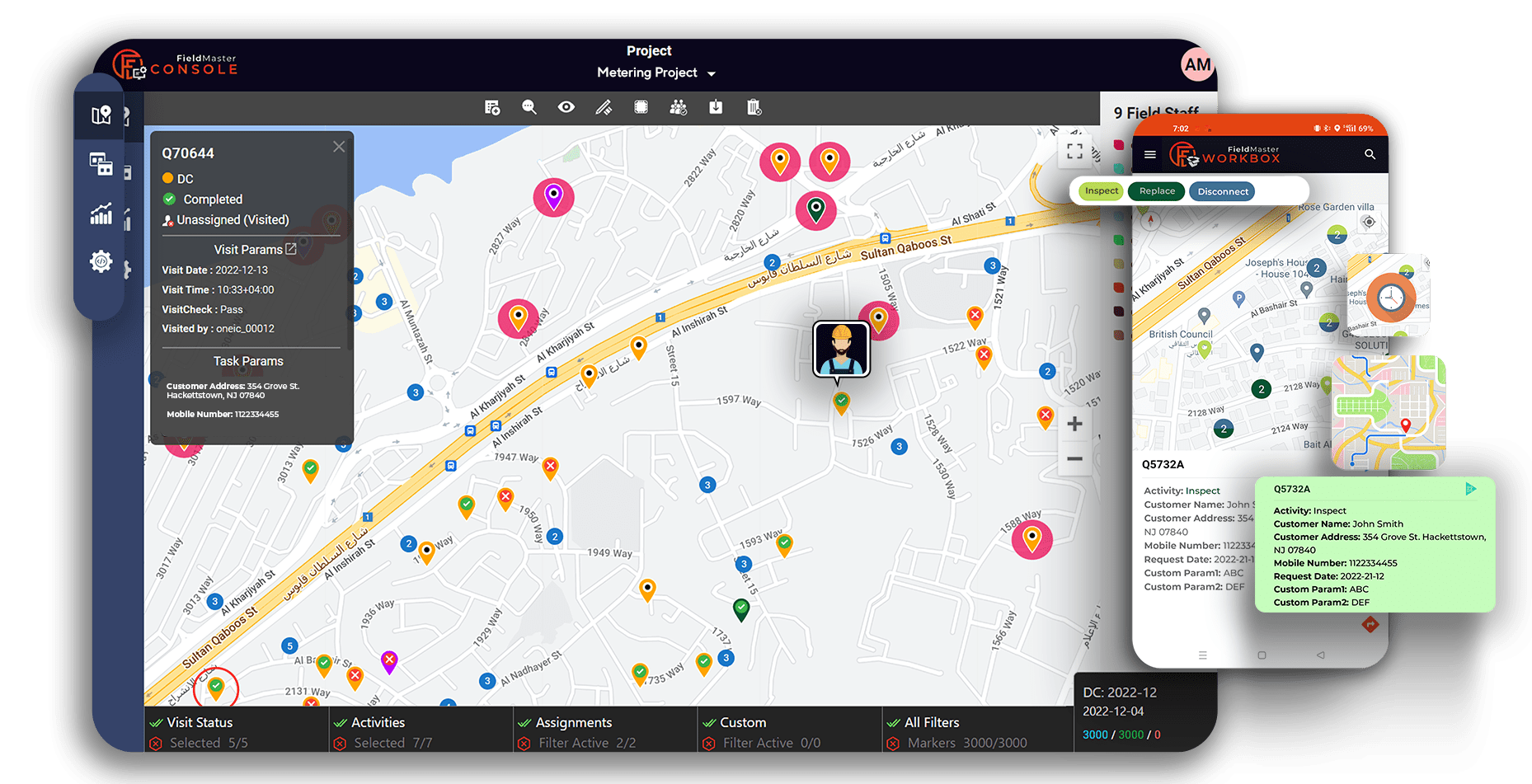Workforce management is an essential aspect of any organization's operations. It involves effectively managing and optimizing the productivity and performance of an organization's workforce. In today's fast-paced business environment, organizations are increasingly turning to technology to streamline their workforce management processes.
1. Improved Efficiency and Productivity
One of the significant benefits of implementing a workforce management system is improved efficiency and productivity. A workforce management system automates and centralizes various workforce-related processes, such as scheduling, time and attendance tracking, and leave management.

2. Accurate Workforce Planning and Forecasting
A workforce management system provides organizations with accurate data and analytics to facilitate workforce planning and forecasting. By analyzing historical data and trends, organizations can make informed decisions regarding workforce requirements.
3. Compliance with Labor Laws and Regulations
Compliance with labor laws and regulations is crucial for organizations to avoid legal issues and penalties. However, keeping up with changing labor laws and regulations can be challenging, especially for organizations with a large and diverse workforce.
4. Enhanced Employee Engagement and Satisfaction
Employee engagement and satisfaction are crucial for organizations to attract and retain top talent. A workforce management system can contribute to enhanced employee engagement and satisfaction in several ways.
5. Cost Savings
Implementing a workforce management system can result in significant cost savings for organizations. By automating various workforce-related processes, organizations can reduce administrative costs associated with manual data entry, payroll processing, and paper-based documentation.